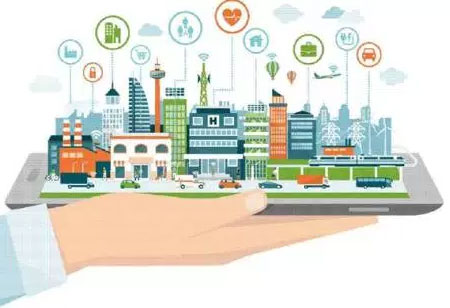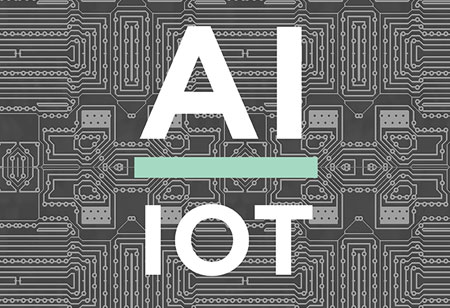THANK YOU FOR SUBSCRIBING
Smart Cities Protect Health and Life of Urban Residents Globally
Smart cities are networked hubs which coordinate IoT and the results through partnerships between private and public to address real problems.

By
Apac CIOOutlook | Monday, May 13, 2019
Stay ahead of the industry with exclusive feature stories on the top companies, expert insights and the latest news delivered straight to your inbox. Subscribe today.
The world is rapidly urbanizing. Although cities have the greatest wealth on earth, they also generate 70 percent of CO2 emissions and consume two-thirds of energy globally. Their sustainable growth is in question as more people move into cities. Cities pile Internet-based devices in streetlights, municipal infrastructure, and parking meters into a "technological" part of smart city to improve the city's livelihood and optimize its resources. Smart cities use IoT to raise the standard of living of their citizens in dealing with large developers and emerging startups.
Traffic in cities is one of the most common concerns. On the roads and motorways, congestion leads to not only accidents but also over-emissions of CO2. Smart cities introduce features such as congestion sensors for diversion of vehicles and smart parking meters to show drivers available car parks and minimize driving time. Equipped with large energy consumption are key to everyday activities. Cities such as Singapore want to alter this with innovative IoT cooling systems. These systems optimize the level of heating, refreshment, and energy consumption based on each room's activity, saving about 32 percent on HVAC costs. Similarly, for 45 percent of its municipal buildings, Seattles uses smart analytical systems.
Water and power are key to the way of life but are often poorly maintained. Utilizing IoT, smart cities monitor and assimilate energy use in any situation. San Diego saves $250,000 per annum on electricity costs, with lights that only shine when cars or foot approach. A smart grid illustrates an IoT solution that is resource reliable. The innovation can assess city-wide energy consumption and provide each household with only the optimum supply.
With a deeper understanding of sustainability and global warming, smart cities are using IoT to reduce their carbon footprint. The cities can control their pollution and CO2 levels, from filling their buildings with greenery to enhancing weather response plans. For instance, by detecting sources of pollution, mainly building and trafficking, and redirecting those sources, Peking has decreased deadly airborne pollutants by 20 percent.
Smart cities are networked hubs which coordinate IoT and the results through partnerships between private and public to address real problems. Smart cities protect the health and life of urban residents globally, from reducing energy use through developing traffic conditions.
Check Out: Energy Tech Review





